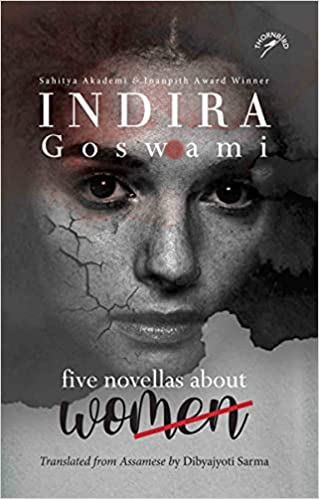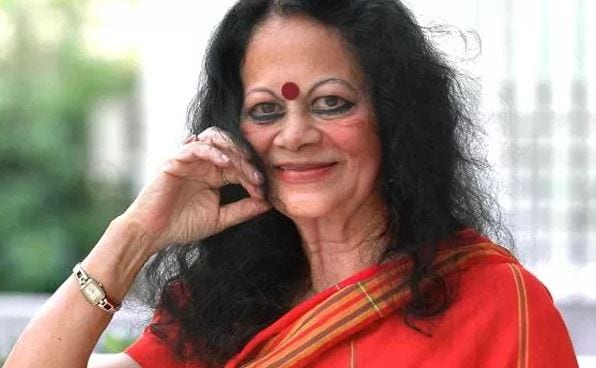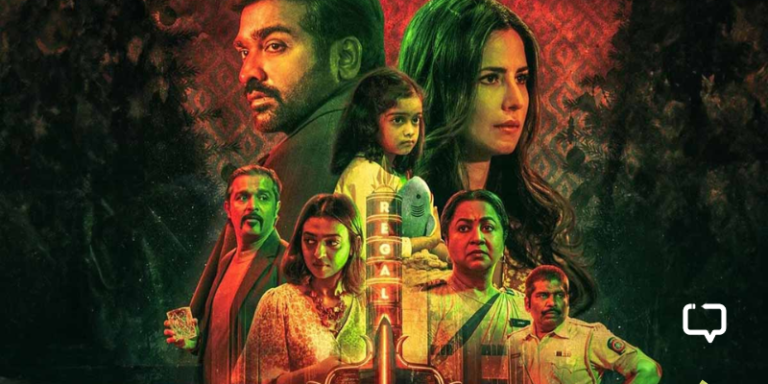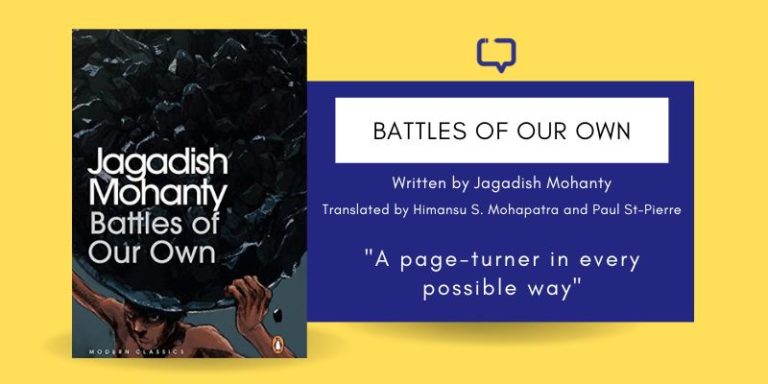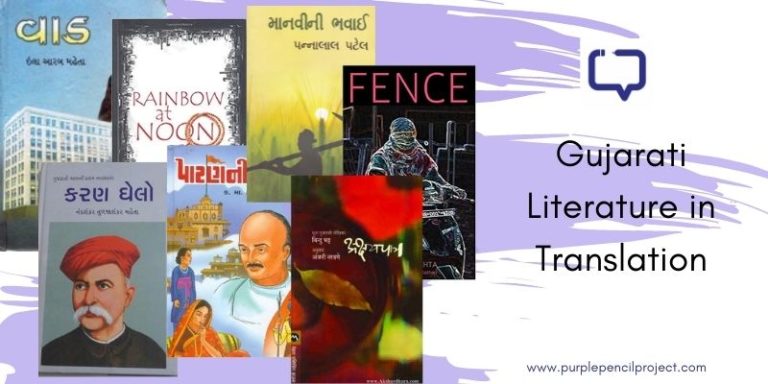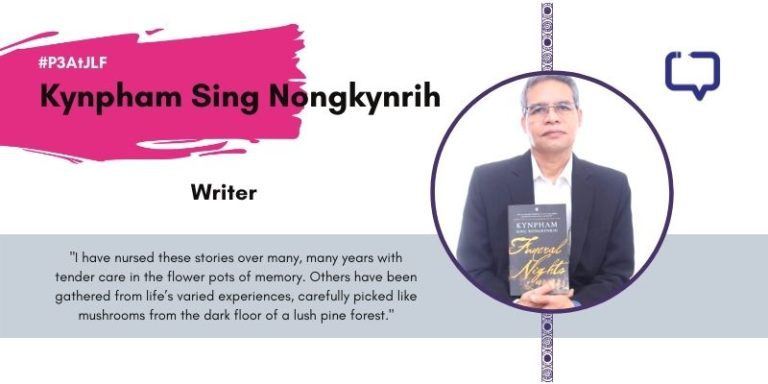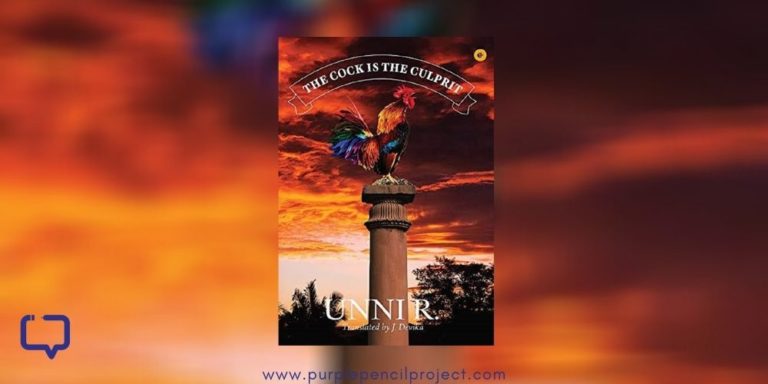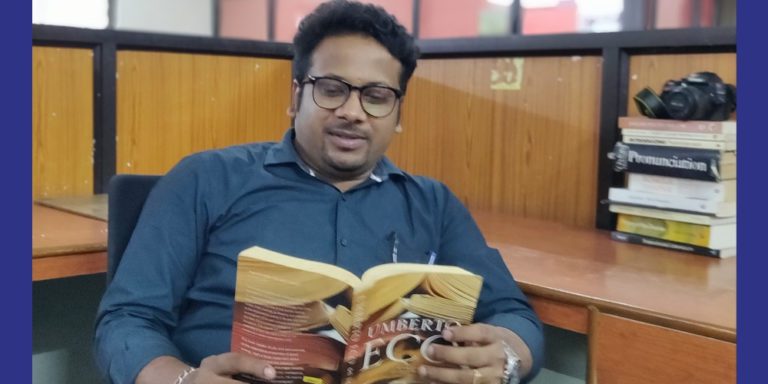Indira Goswami is an Indian Assamese artist. She writes short stories and novels set in different locales of India, which give her readers a taste of life beyond the boundaries of Assam. When taking on the tough social issues of urban life, the harsh lives of labourers, and the plight of widows in Vrindavan and Assam, Indira Goswami displays great empathy and compassion. She has an ear for the vernacular and is able to reproduce the coarse conversations of her protagonists. Her way of expressing anger or indignation at forced rituals and oppressive social customs is very subtle and guarded. Throughout all her writings she exudes confidence, courage and determination.
We encourage you to buy books from a local bookstore. If that is not possible, please use the links on the page and support us. Thank you.
Women’s issues and writings have come to the fore for approximately a century, but there are few whose words hit as hard as those of Indira Goswami (known by her penname Mamoni Raisom Goswami). Writing in the Indian language of Assamese, she delves into the lives and loves of women otherwise ignored by society. These aren’t the posh city girls or the poor rural women with surprisingly happy endings. These are the middle-class women who have worked hard, toiled and struggled, only to watch everything fall apart in front of them. Five Novellas About Women (published by Niyogi Books) contains some of Indira Goswami’s most prominent works, translated into English by Dibyajyoti Sarma.
What is Five Novellas About Women by Indira Goswami about?
As the name suggests, the book contains five of Indira Goswami’s stories. Each one talks about life under a patriarchal rule from the perspective of the character.
First is Breaking The Begging Bowl, which centres around Phuleshwari, a lower caste woman whose life begins to go downhill after a false accusation and then her husband’s death. Phhuleshwari desperately tries to survive as tragedy strikes her family over and over again until she has nothing left. The title of the story is an image that is symbolic of Phuleshwari’s plight, a situation where even the metaphorical “begging bowl” (the last thing in her possession) is broken.
The second story is The Blood of Devipeeth, in which Padmapriya – the central character – struggles to overcome her feelings of doubt and abandonment and finds herself after being dumped by her estranged husband. The story is set around the Kamakhya Dham, an old temple dedicated to the Goddess Kamakhya. Themes like animal sacrifice and forbidden love are explored in this text, with realistic descriptions and narratives often slipping into symbolic ones that highlight not only the physical world of the story but also the mental world of Padmapriya.
The third story, Delhi 5 November 1991, refers to the hooch tragedy of the same date, in which almost 200 people perished from tainted liquor. The main character, Vimala, serves as an outside view into the tragedy which mainly affected rickshaw drivers and daily-wage labourers, while also getting her own arc about dealing with a world that only sees her as an object to lust over. The two arcs come together at the end of this sombre tale.
The fourth story in this collection by Indira Goswami finds its roots in a particularly difficult part of her life. After the death of her husband, she goes to Vrindavan to research the Ramayana at the recommendation of her teacher. Ishwari’s Doubts and Desires features a similar setting, in which the issues surrounding the prevalent attitudes towards widows and their lack of companionship beyond their ashram are addressed.
The final story, The Touchstone, is the only one in this collection to feature a male protagonist. Dwarakanath. He represents the usual type of men featured in Goswami’s fictional world, men who, as a result of their patriarchal upbringing, are so disconnected from women that they truly have no idea what women want or need. As a result, they end up treating women like sex objects, as they have been socialised to.
Talking about how patriarchy affects men
Most of Indira Goswami’s stories are centred around women, however, we, as readers, get to see patriarchy from the perspective of a man on occasion. Indira Goswami describes even the men in her stories as victims of a patriarchal mindset that prevents them from fully embracing their female counterparts.
Her real strength lies in her brutally honest depictions of women’s issues and the laughable double standards governing the rights of the different genders. Goswami touches on sensitive issues like women’s sexuality and how it ties into their strength, the inhumanity of animal sacrifices, and the disconnect and dehumanising of women in today’s society, among others. These topics, which some still hesitate to touch with a bargepole, are discussed and dissected relentlessly, without any attempt made to soften the harsh conclusions. It is a stark depiction of the reality we live in.
The only issue (I hesitate to call it a problem) is that the style of writing may seem disjointed and a bit confusing at times, often calling for a second read-through. However, it gets easier to understand as you continue reading and get used to it.
Best Quotes
“She did not care about the arrows of the words on her ear and the hurt of the stones on her body”
Overview
This is a must-read for everyone to truly understand the lives that women in India lead even today. A wonderfully written, blunt, and graphic retelling of the stories that surround us.








